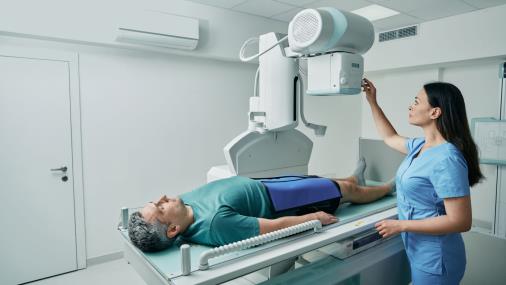Becoming an X-ray tech, or radiologic technologist, is a rewarding career choice in healthcare. This role involves operating imaging equipment to help diagnose and treat patients. If you’re interested in this career path, here’s a comprehensive guide to help you understand the steps and requirements.
The Role of an X-Ray Tech
X-ray tech operates imaging equipment to capture internal images of patients’ bodies. These images are crucial for diagnosing medical conditions, planning treatments, and monitoring patient progress. Radiologic technologists work in various settings, including hospitals, clinics, and diagnostic imaging centres.
Educational Requirements
To become an X-ray tech, you need to complete formal education. Typically, this involves earning an associate’s degree in radiologic technology from an accredited program. Some institutions offer bachelor’s degrees for those looking to advance their education and career prospects.
Accreditation and Program Selection
Choosing an accredited radiologic technology program is crucial. The program’s accreditation guarantees that it offers high-quality instruction and complies with industry requirements. The Joint Review Committee on Education in Radiologic Technology (JRCERT) is a critical accrediting body to look for.
Certification and Licensing
After completing your education, you must obtain certification to work as an X-ray tech. Exams for certification are provided by the American Registry of Radiologic Technologists (ARRT). Additionally, many states require licensure, which involves passing a state-specific exam.
Gaining Clinical Experience
Clinical experience is a critical component of radiologic technology education. It provides hands-on training in operating imaging equipment and interacting with patients. Most programs include clinical rotations as part of the curriculum.
Developing Key Skills
Successful X-ray techs possess specific skills, including attention to detail, technical proficiency, and strong communication abilities. They also need to be able to work well under pressure and handle complex equipment.
Job Outlook and Salary
The job outlook for X-ray techs is positive, with a growing demand for healthcare professionals. According to the U.S. Bureau of Labor Statistics, the median annual wage for radiologic technologists was around $64,000 in 2023. Location, experience, and education can all affect salary.
Continuing Education and Specialization
To advance in your career, consider pursuing additional certifications or specializations. Specializations like MRI or CT scan technology can open up new opportunities and potentially higher salaries. Maintaining up to date with industrial changes also requires continuing education.
Finding Employment
When you’re ready to enter the workforce, search for job openings in hospitals, clinics, and diagnostic imaging centers. Networking with professionals in the field and attending job fairs can also help find job opportunities.
Work-Life Balance and Career Satisfaction
Balancing work and personal life is essential for overall career satisfaction. When evaluating potential positions, consider factors such as shift work, on-call hours, and job demands. Ensuring the job aligns with your personal and professional goals contributes to long-term satisfaction.
Conclusion
Becoming an X-ray tech involves a combination of education, certification, and hands-on experience. By understanding the role, meeting educational and accreditation requirements, and continuously developing your skills, you can embark on a successful and rewarding career in radiologic technology. Whether you are just starting out or looking to advance, staying informed and proactive will help you achieve your career goals and enjoy a fulfilling profession.












